Non-resident Indians in Britain pay half for their visas to visit India as compared to Indians for their visas to visit Britain.
Non-resident Indians in Britain pay half for their visas to visit India as compared to Indians for their visas to visit Britain.
So when British NRIs stand in long queues, wait for hours or face rude officers, they can console themselves that they are paying 30 pounds ($59.27) while their Indian cousins are paying 65 pounds for a six-month tourist visa.
An Indian NRI in Britain pays 90 pounds for a five-year, multiple-entry visa to visit India while an Indian pays 205 pounds for any of the one-year, two-year, five-year or ten-year visas to visit Britain.
India is now the third largest foreign investor in Britain in terms of projects, second only to the US and Japan. So Indian businessmen have to obtain long-term visas and pay more than British businessmen, who pay 30 pounds for a six-month visa, 50 pounds for a one-year visa and 90 pounds for a two-year visa.
British leaders on goodwill missions to India underline the special and cordial relationship between the two countries. This should be reflected in the visa fees as well, for around 400,000 Indians visit Britain and almost an equal number of Britons visit India every year. What's more, Indian tourists are the highest spenders in Britain.
British NRIs frequently moan about the long queues to get their visas at India House in central London. They line up much earlier than the 9.30 a.m. opening time - sometimes they come as early as 6 a.m. before getting a numbered chit to get in if they are ready with a duly filled form and all other requirements - passport, photos and fees. They wait inside to be called at the counter.
About 20 counters accept their applications as the chit numbers are flashed on a digital screen when a counter is free.
Once the application is accepted, a receipt is given and the applicant waits before the visa is stamped on the passport. The waiting room, always crowded, has a tea/coffee vending machine and an adjoining toilet.
The waiting period can be just 45 minutes or up to 4 p.m. Of course, the applicant can go out for a break to enjoy the charms of central London and return before closing time to check for the visa or return the next day.
Normally, a tourist visa is issued on the same day or the next. Long term visas, medical visas, student visas and employment visas may take longer.
An estimated 800 or more visas are issued during every working day. Indian consulates in Birmingham, Manchester and Glasgow also issue visas. Postal visa applications take a minimum of 15 working days, and even longer, during the peak season for processing.
In summer, the low season for British travellers to India, this procedure is comfortable, but during the high season in dreary, freezing and rainy winters, it can become an ordeal especially when you queue up at 6 a.m. and have to leave your home a couple of hours early to arrive there.
Travelling by car, all motorists pay eight pounds Congestion Charges plus 15 to 20 pounds for parking. For the old and retirees it pinches more as they cannot benefit from their free passes for the public transport system.
Nalini, who visits this office almost every week to obtain medical visas, said that the system is "quite efficient" but, sometimes, people come out in tears when the officers are rude and throw away the application papers. She blames heavy workload for that.
Brij Raj, another applicant, said that it is high time that the procedure was streamlined by contracting this operation to experienced private sector agencies.
He said it is ironical that India provides massive "back office" services to so many major British companies and organisations, yet the Indian mission has not computerised this system. Now visa applicants can take heart that plans are afoot to do just that in the near future.
Yet the disparity in visa fees remains. About 15 years or so, Britain raised its visa fees and India was forced to follow suit. British NRIs protested very strongly claiming that for a family to visit India, the outlay on visa applications becomes a huge amount, thus pressurising the Indian government to reduce visa fees.
But the tourist visa is still more than double what it charges. Now if an Indian family has to visit Britain, it has to pay double the amount their friends or relatives pay in Britain to visit India.
With India becoming a major investor in Britain now, why should an Indian businessman visiting Britain pay over double that a British businessman pays for visiting India?
Today, there is ample justification to align these charges to demonstrate that when Prime Minister Gordon Brown says that Britain and India are "equal partners", his government practises this in visa fees.
![submenu-img]() House of the Dragon season 2 trailer: Rhaenyra wages an unwinnable war against Aegon, Dance of the Dragons begins
House of the Dragon season 2 trailer: Rhaenyra wages an unwinnable war against Aegon, Dance of the Dragons begins![submenu-img]() Panchayat season 3 trailer: Jitendra Kumar returns as sachiv, Neena, Raghubir get embroiled in new political tussle
Panchayat season 3 trailer: Jitendra Kumar returns as sachiv, Neena, Raghubir get embroiled in new political tussle![submenu-img]() Apple partners up with Google against unwanted tracker, users will be alerted if…
Apple partners up with Google against unwanted tracker, users will be alerted if…![submenu-img]() Meet actress whose debut film was superhit, got married at peak of career, was left heartbroken, quit acting due to..
Meet actress whose debut film was superhit, got married at peak of career, was left heartbroken, quit acting due to..![submenu-img]() Who is the real owner of Delhi's Connaught Place and who collects rent from here?
Who is the real owner of Delhi's Connaught Place and who collects rent from here?![submenu-img]() Meet man who is 47, aspires to crack UPSC, has taken 73 Prelims, 43 Mains, Vikas Divyakirti is his...
Meet man who is 47, aspires to crack UPSC, has taken 73 Prelims, 43 Mains, Vikas Divyakirti is his...![submenu-img]() IIT graduate gets job with Rs 100 crore salary package, fired within a year, he is now working as…
IIT graduate gets job with Rs 100 crore salary package, fired within a year, he is now working as…![submenu-img]() Goa Board SSC Result 2024: GBSHSE Class 10 results to be out today; check time, direct link here
Goa Board SSC Result 2024: GBSHSE Class 10 results to be out today; check time, direct link here![submenu-img]() CUET-UG 2024 scheduled for tomorrow postponed for Delhi centres; check new exam date here
CUET-UG 2024 scheduled for tomorrow postponed for Delhi centres; check new exam date here![submenu-img]() Meet man who lost eyesight at 8, bagged record-breaking job package at Microsoft, not from IIT, NIT, VIT, his salary is…
Meet man who lost eyesight at 8, bagged record-breaking job package at Microsoft, not from IIT, NIT, VIT, his salary is…![submenu-img]() DNA Verified: Is CAA an anti-Muslim law? Centre terms news report as 'misleading'
DNA Verified: Is CAA an anti-Muslim law? Centre terms news report as 'misleading'![submenu-img]() DNA Verified: Lok Sabha Elections 2024 to be held on April 19? Know truth behind viral message
DNA Verified: Lok Sabha Elections 2024 to be held on April 19? Know truth behind viral message![submenu-img]() DNA Verified: Modi govt giving students free laptops under 'One Student One Laptop' scheme? Know truth here
DNA Verified: Modi govt giving students free laptops under 'One Student One Laptop' scheme? Know truth here![submenu-img]() DNA Verified: Shah Rukh Khan denies reports of his role in release of India's naval officers from Qatar
DNA Verified: Shah Rukh Khan denies reports of his role in release of India's naval officers from Qatar![submenu-img]() DNA Verified: Is govt providing Rs 1.6 lakh benefit to girls under PM Ladli Laxmi Yojana? Know truth
DNA Verified: Is govt providing Rs 1.6 lakh benefit to girls under PM Ladli Laxmi Yojana? Know truth![submenu-img]() Ananya Panday stuns in unseen bikini pictures in first post amid breakup reports, fans call it 'Aditya Roy Kapur's loss'
Ananya Panday stuns in unseen bikini pictures in first post amid breakup reports, fans call it 'Aditya Roy Kapur's loss'![submenu-img]() Remember Harsh Lunia? Just Mohabbat child star, here's how former actor looks now, his wife is Bollywood's popular...
Remember Harsh Lunia? Just Mohabbat child star, here's how former actor looks now, his wife is Bollywood's popular...![submenu-img]() Mother's Day 2024: Bollywood supermoms who balance motherhood, acting, and run multi-crore businesses
Mother's Day 2024: Bollywood supermoms who balance motherhood, acting, and run multi-crore businesses![submenu-img]() Rocky Aur Rani's Golu aka Anjali Anand shocks fans with drastic weight loss without gym, says fitness secret is...
Rocky Aur Rani's Golu aka Anjali Anand shocks fans with drastic weight loss without gym, says fitness secret is...![submenu-img]() In pics: Ram Charan gets mobbed by fans during his visit to Pithapuram for ‘indirect campaign’ for uncle Pawan Kalyan
In pics: Ram Charan gets mobbed by fans during his visit to Pithapuram for ‘indirect campaign’ for uncle Pawan Kalyan![submenu-img]() Haryana Political Crisis: Will 3 independent MLAs support withdrawal impact the present Nayab Saini led-BJP government?
Haryana Political Crisis: Will 3 independent MLAs support withdrawal impact the present Nayab Saini led-BJP government?![submenu-img]() DNA Explainer: Why Harvey Weinstein's rape conviction was overturned, will beleaguered Hollywood mogul get out of jail?
DNA Explainer: Why Harvey Weinstein's rape conviction was overturned, will beleaguered Hollywood mogul get out of jail?![submenu-img]() What is inheritance tax?
What is inheritance tax?![submenu-img]() DNA Explainer: What is cloud seeding which is blamed for wreaking havoc in Dubai?
DNA Explainer: What is cloud seeding which is blamed for wreaking havoc in Dubai?![submenu-img]() DNA Explainer: What is Israel's Arrow-3 defence system used to intercept Iran's missile attack?
DNA Explainer: What is Israel's Arrow-3 defence system used to intercept Iran's missile attack?![submenu-img]() House of the Dragon season 2 trailer: Rhaenyra wages an unwinnable war against Aegon, Dance of the Dragons begins
House of the Dragon season 2 trailer: Rhaenyra wages an unwinnable war against Aegon, Dance of the Dragons begins![submenu-img]() Panchayat season 3 trailer: Jitendra Kumar returns as sachiv, Neena, Raghubir get embroiled in new political tussle
Panchayat season 3 trailer: Jitendra Kumar returns as sachiv, Neena, Raghubir get embroiled in new political tussle![submenu-img]() Meet actress whose debut film was superhit, got married at peak of career, was left heartbroken, quit acting due to..
Meet actress whose debut film was superhit, got married at peak of career, was left heartbroken, quit acting due to..![submenu-img]() 'Ek actress 9 log saath leke...': Farah Khan criticises entourage culture in Bollywood
'Ek actress 9 log saath leke...': Farah Khan criticises entourage culture in Bollywood![submenu-img]() Bollywood’s 1st multi-starrer had 8 stars, makers were told not to cast Kapoors; not Sholay, Nagin, Shaan, Jaani Dushman
Bollywood’s 1st multi-starrer had 8 stars, makers were told not to cast Kapoors; not Sholay, Nagin, Shaan, Jaani Dushman![submenu-img]() Who is the real owner of Delhi's Connaught Place and who collects rent from here?
Who is the real owner of Delhi's Connaught Place and who collects rent from here?![submenu-img]() Viral video: Chinese artist's flaming 'stairway to heaven' stuns internet, watch
Viral video: Chinese artist's flaming 'stairway to heaven' stuns internet, watch![submenu-img]() Video: White House plays 'Sare Jahan Se Achha Hindustan Hamara" at AANHPI heritage month celebration
Video: White House plays 'Sare Jahan Se Achha Hindustan Hamara" at AANHPI heritage month celebration![submenu-img]() Viral video: Bear rides motorcycle sidecar in Russia, internet is stunned
Viral video: Bear rides motorcycle sidecar in Russia, internet is stunned![submenu-img]() Driver caught on camera running over female toll plaza staff on Delhi-Meerut expressway, watch video
Driver caught on camera running over female toll plaza staff on Delhi-Meerut expressway, watch video

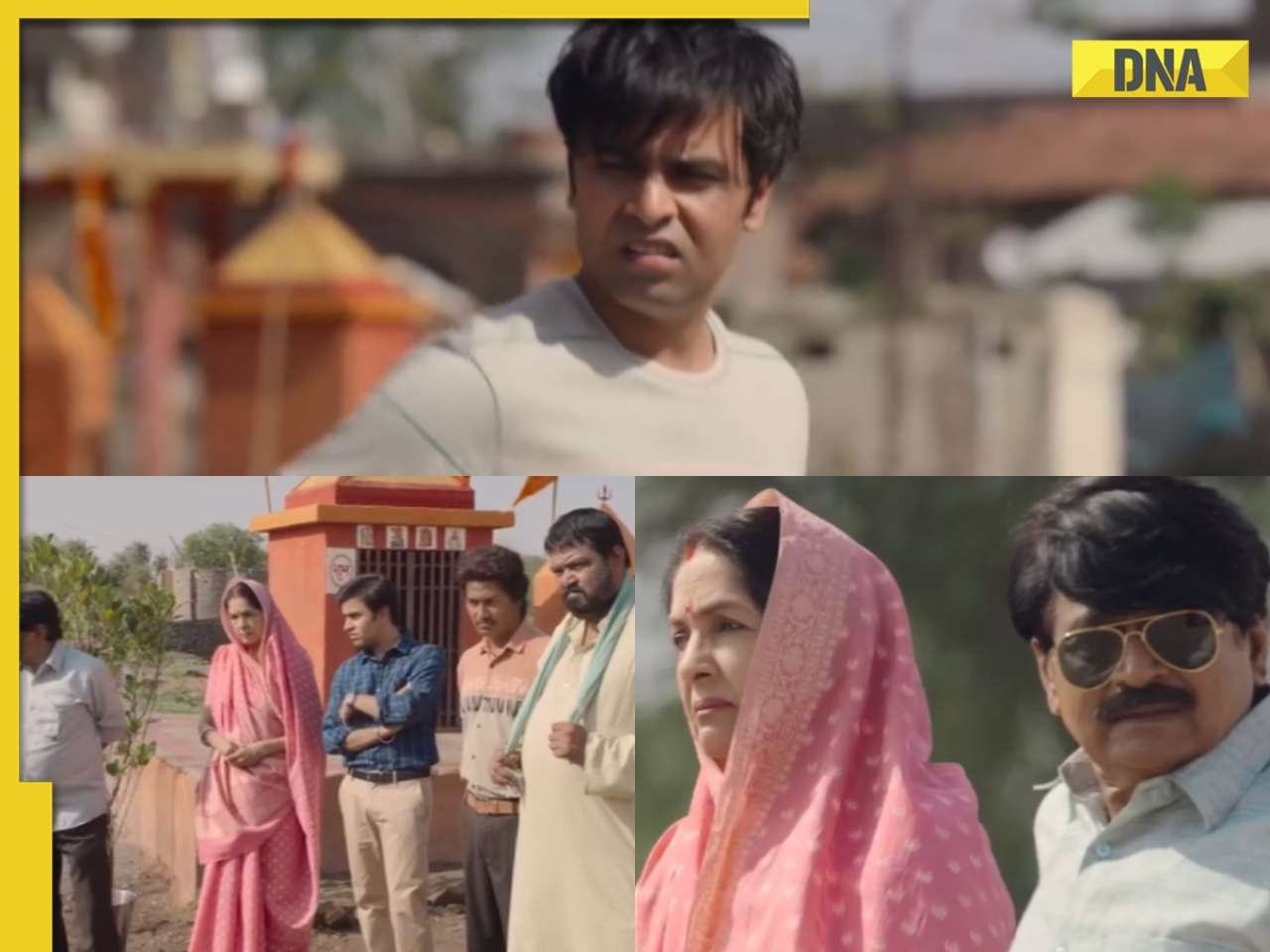










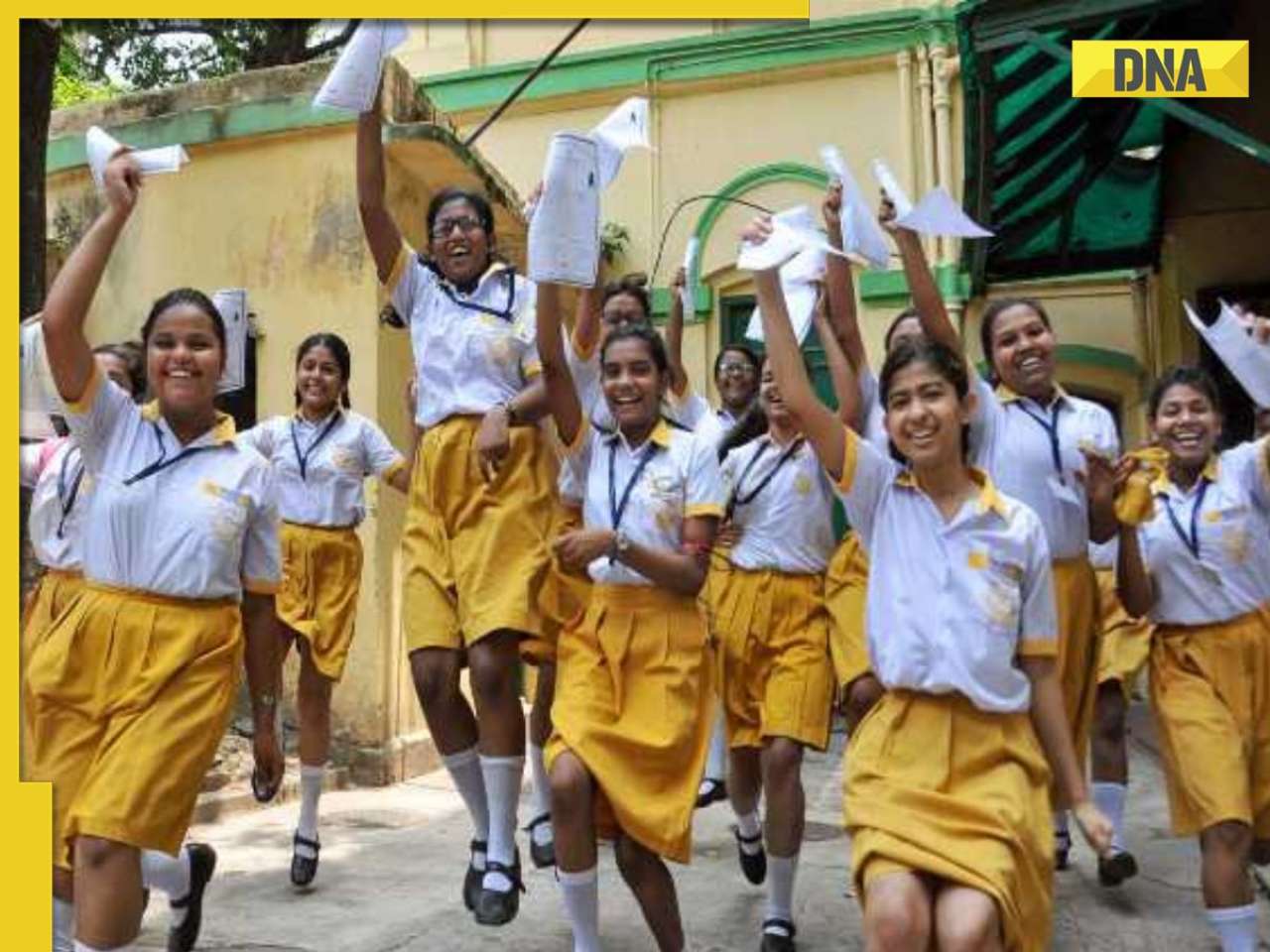
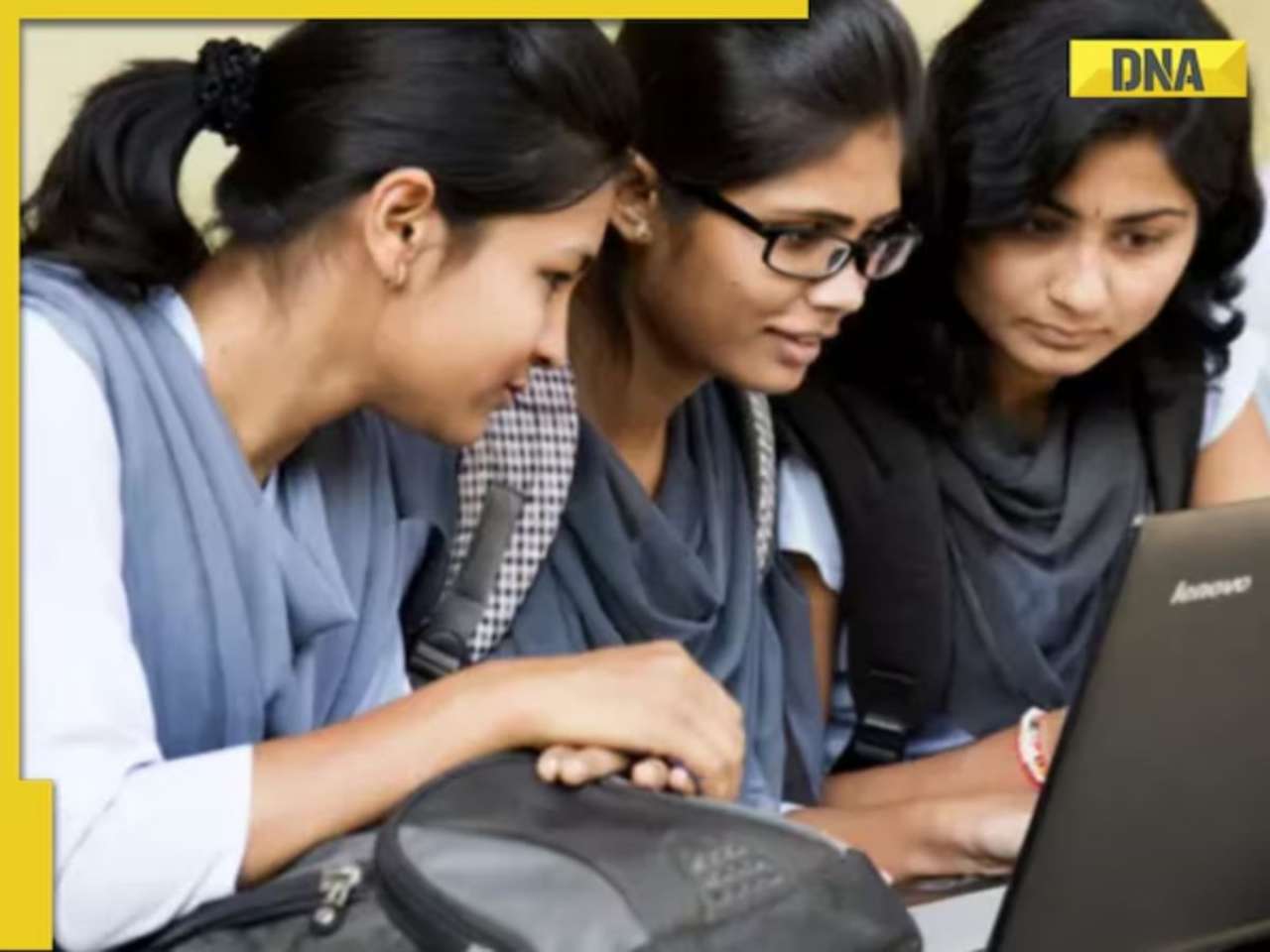
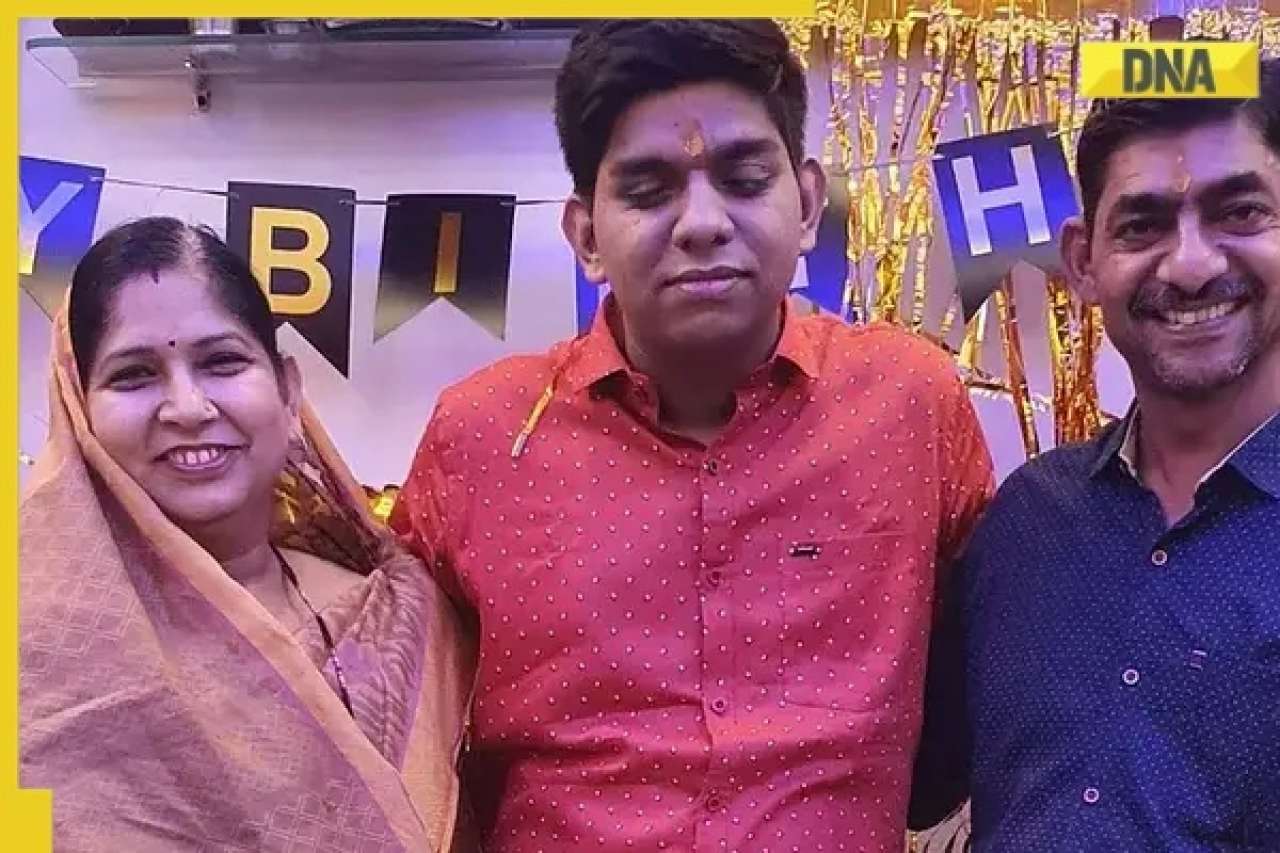
















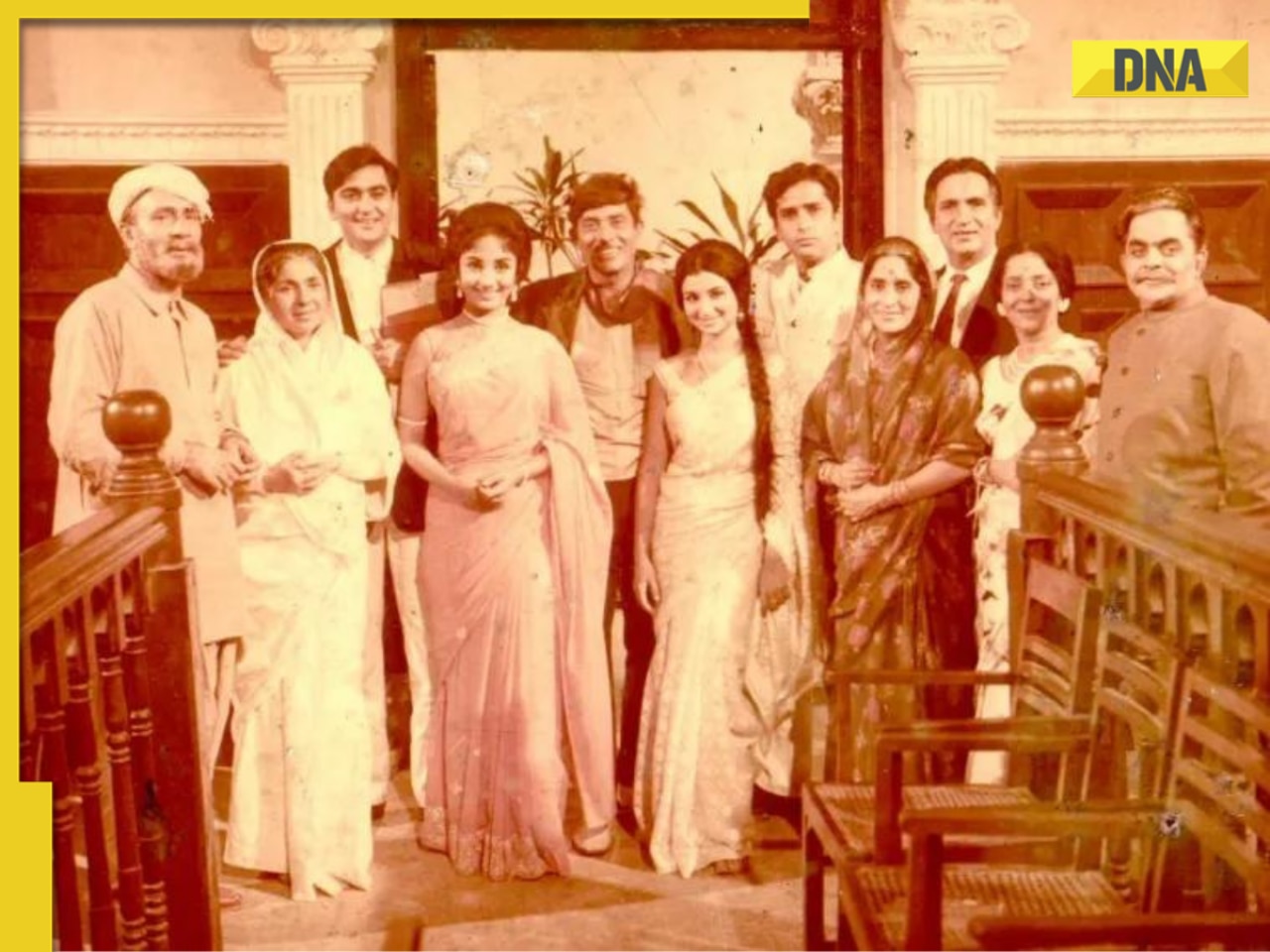
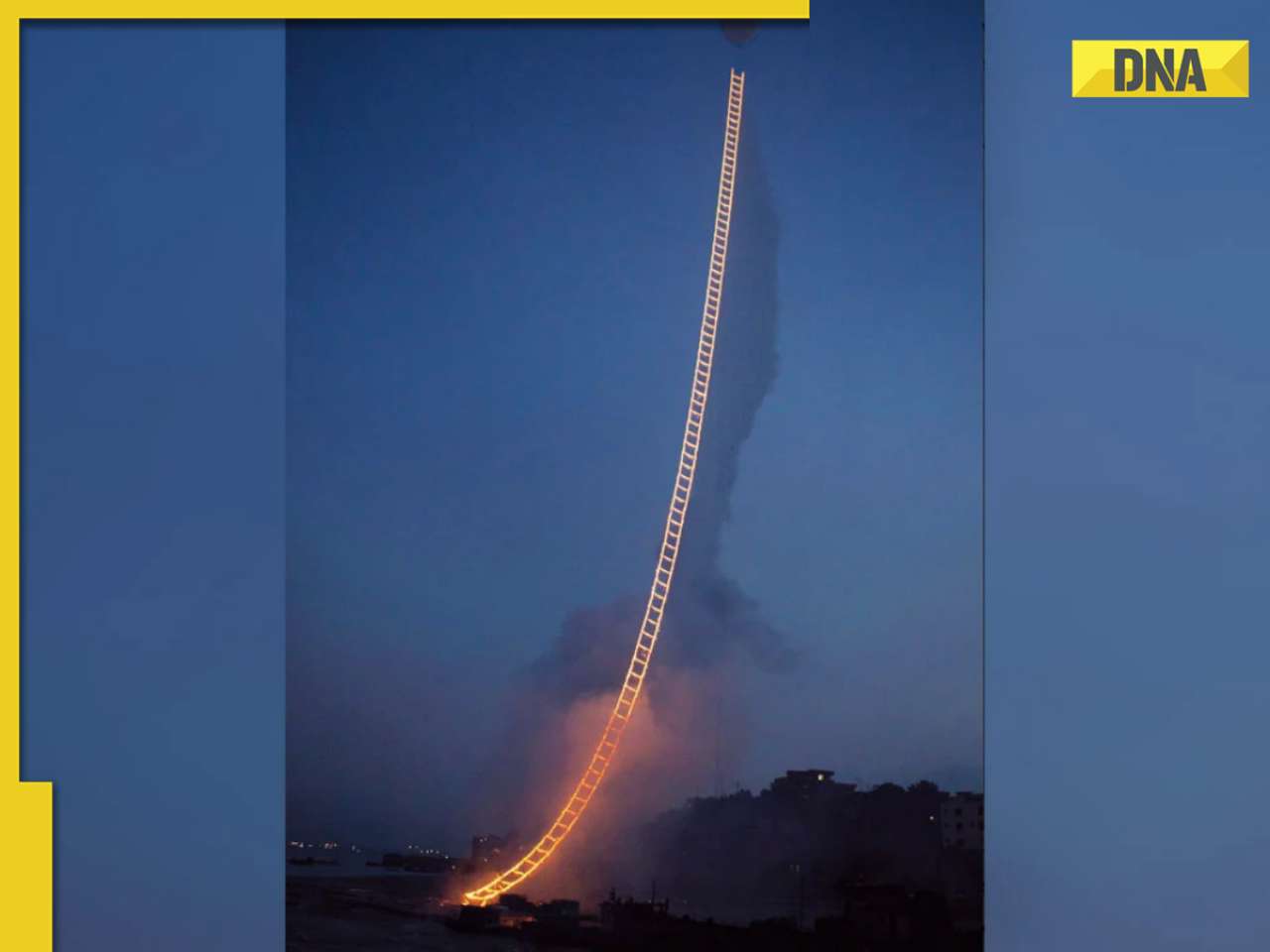
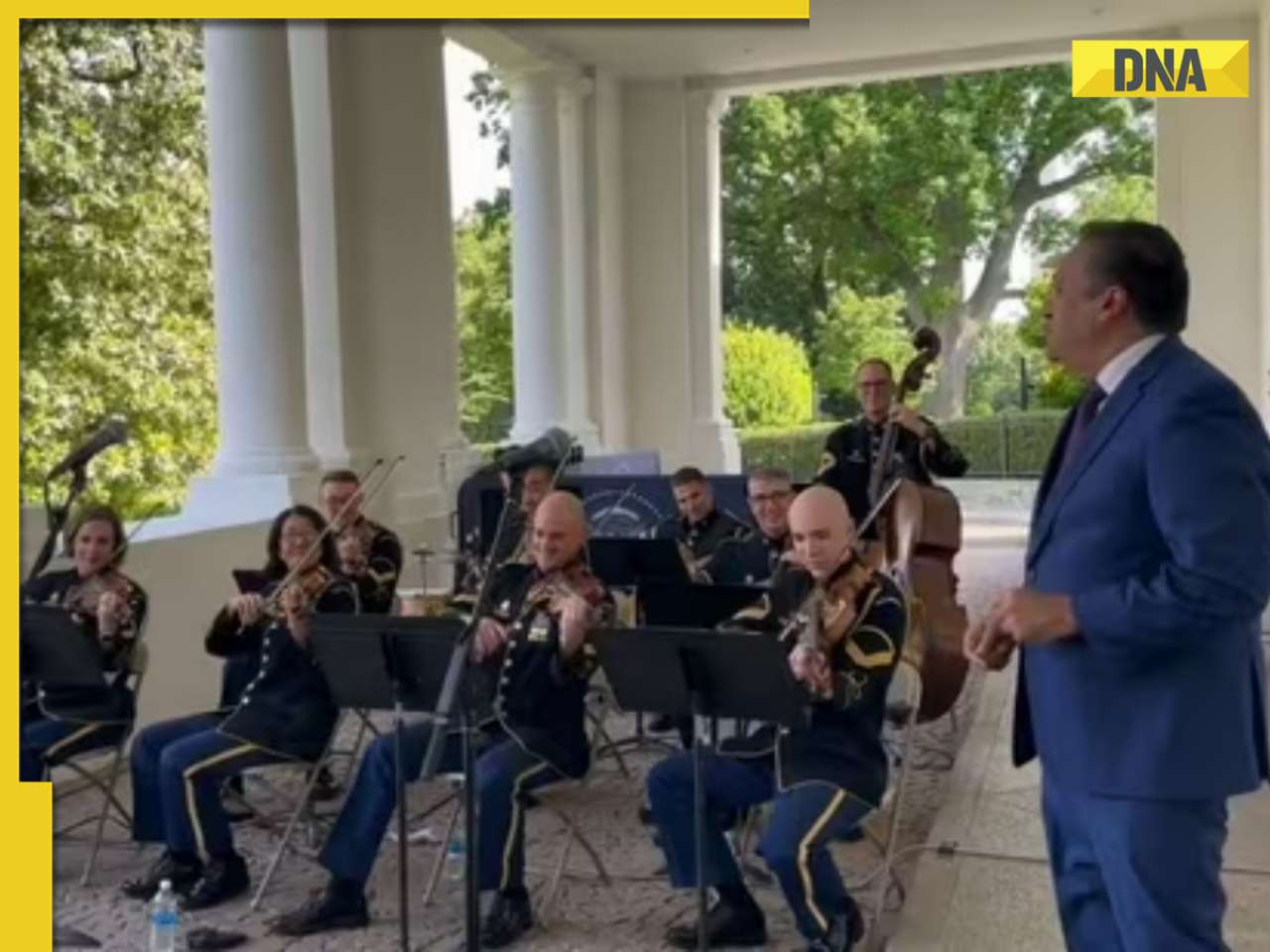











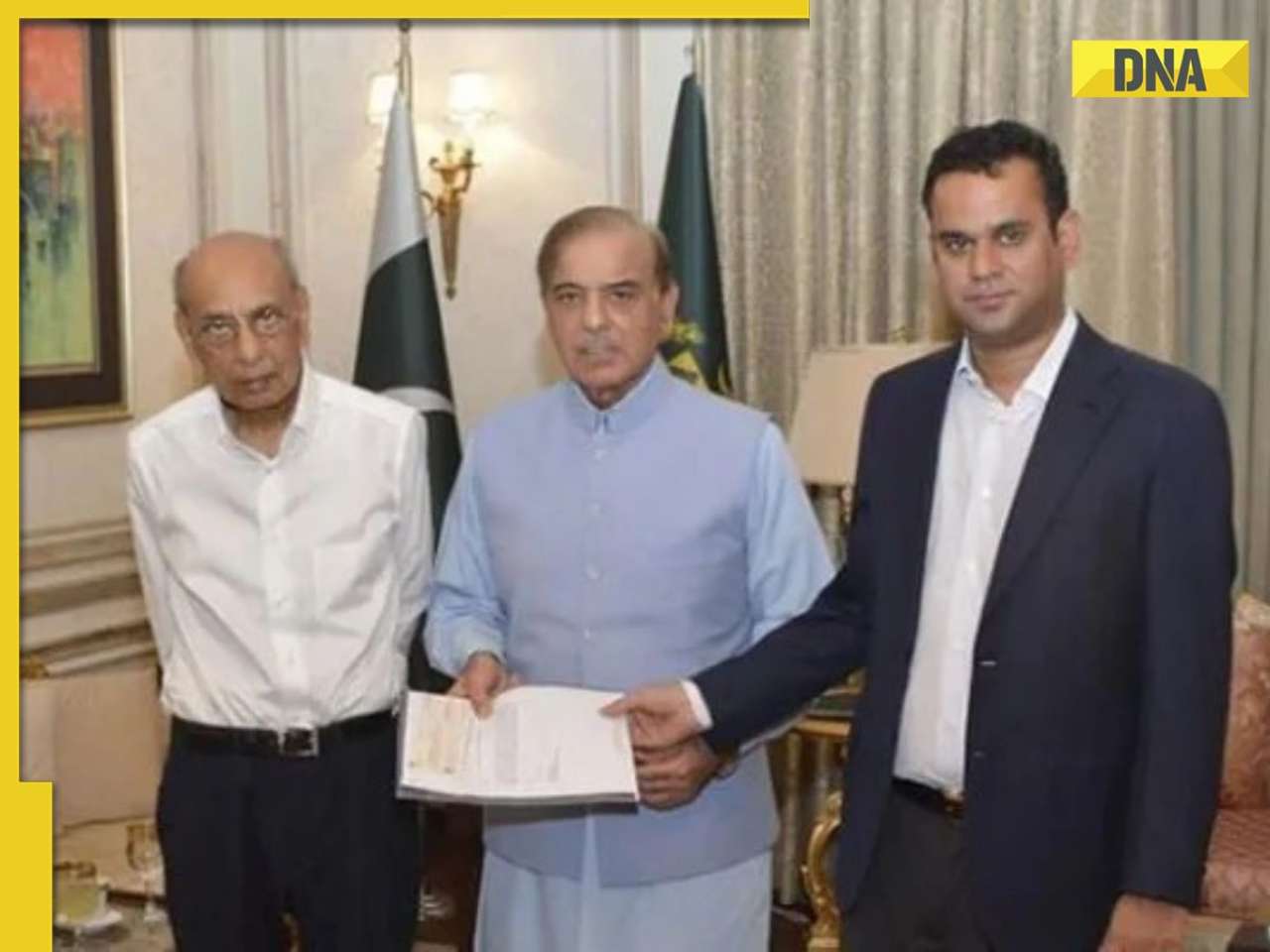
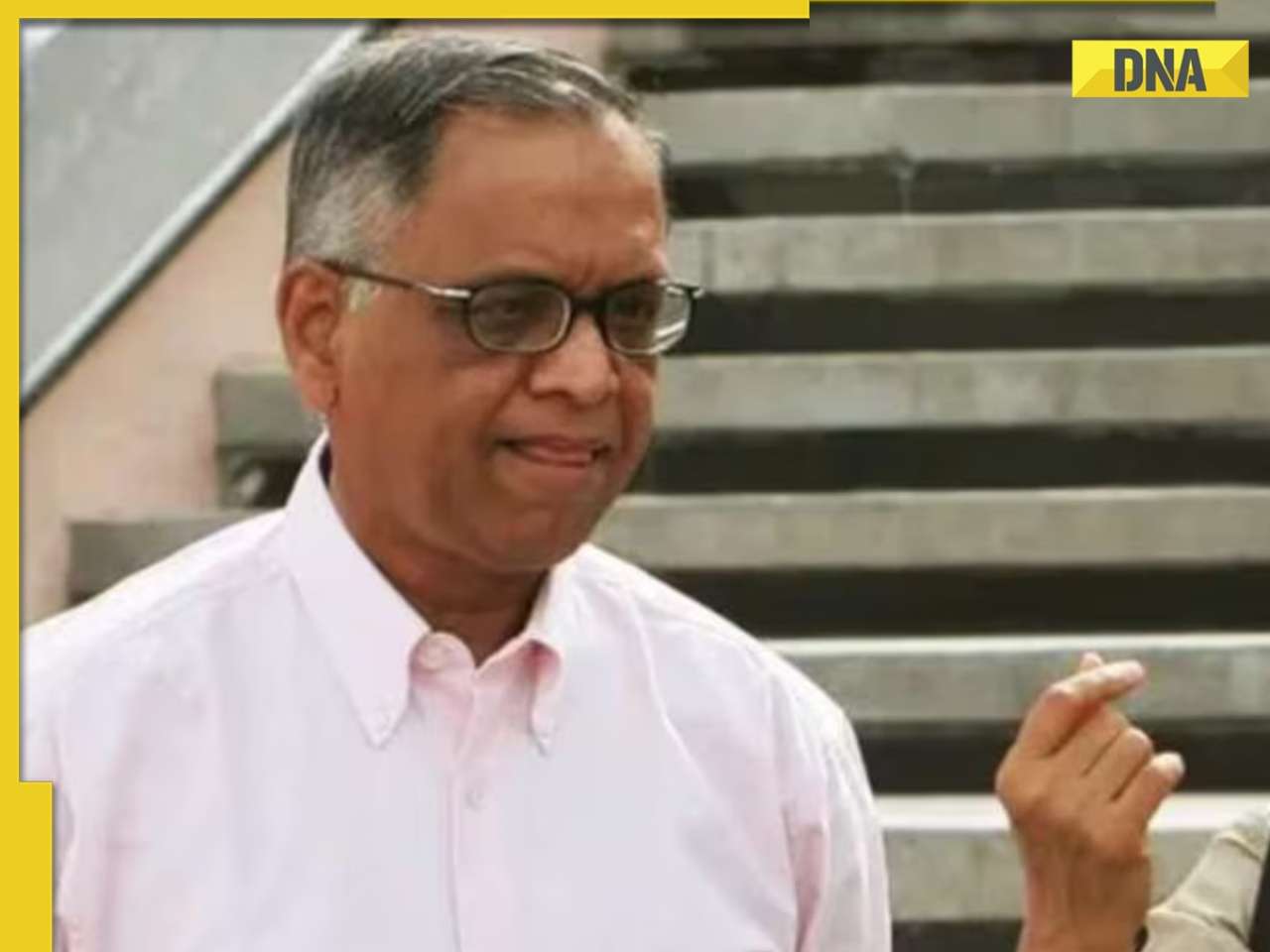



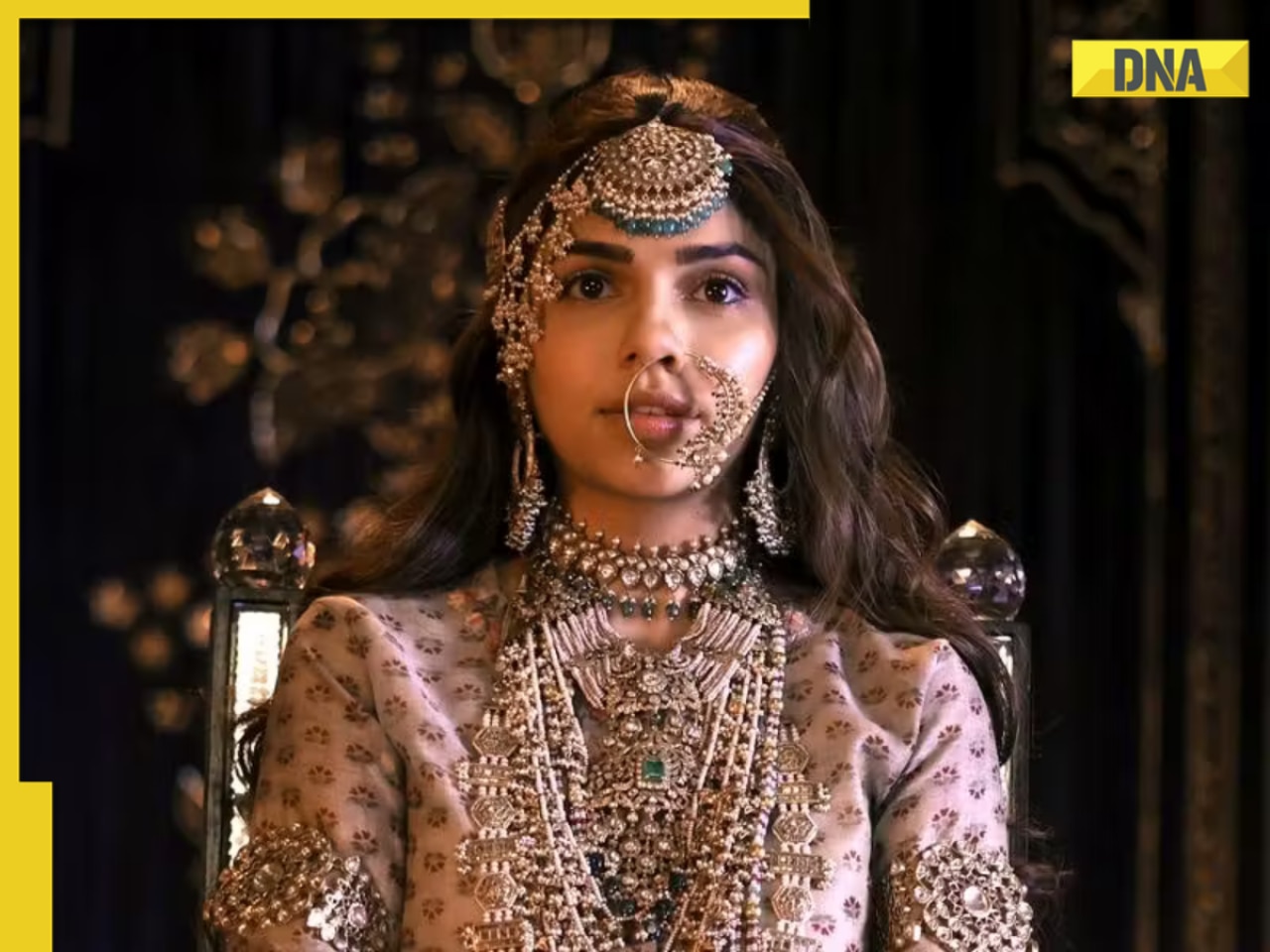




)
)
)
)
)
)